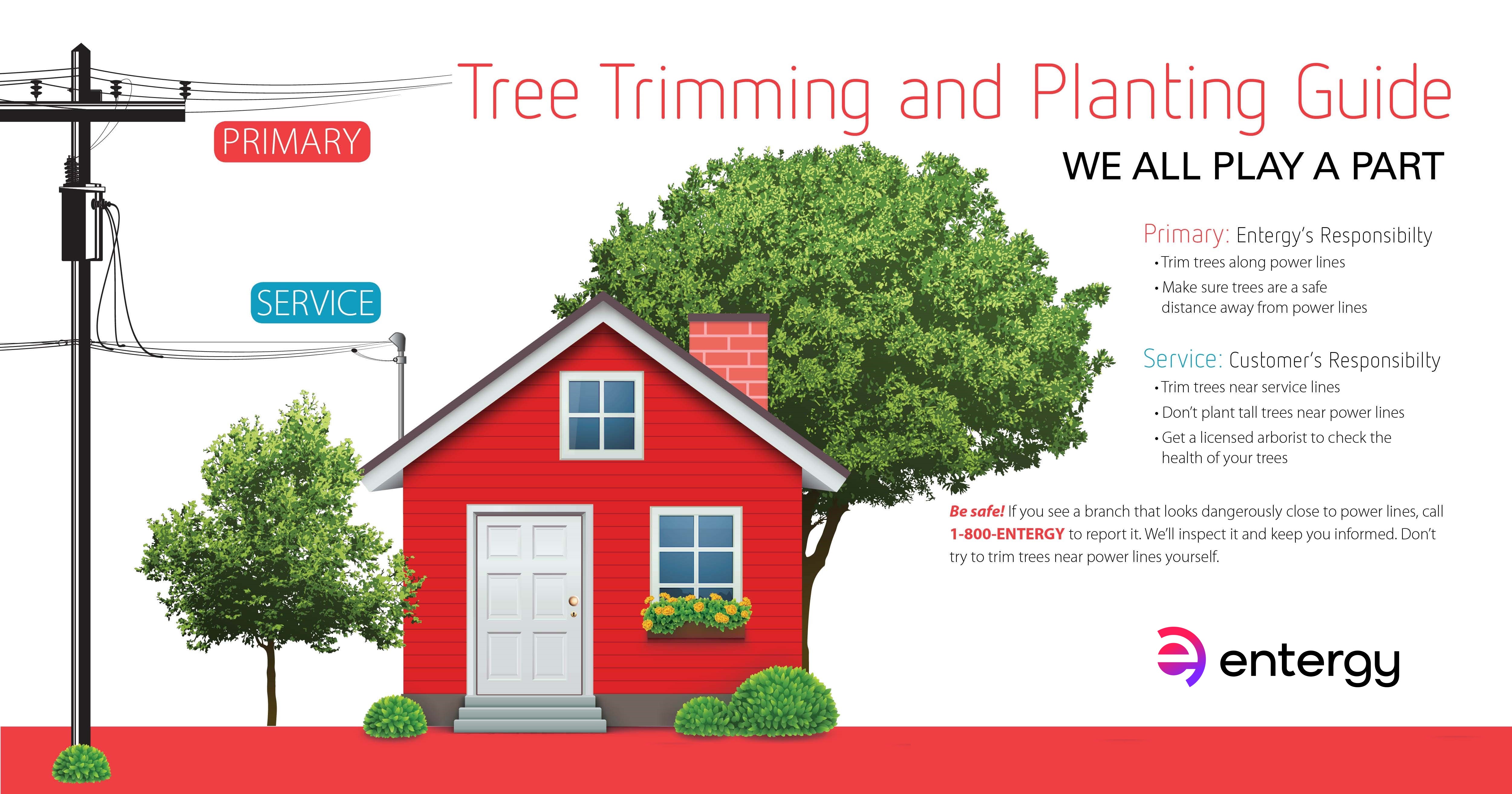Indicators That It Is Essential To Get Rid Of A Tree - A Handbook For House Owners
Indicators That It Is Essential To Get Rid Of A Tree - A Handbook For House Owners
Blog Article
https://archerhcwql.myparisblog.com/29840624/efficient-tips-for-a-smooth-tree-removal-experience Produced By-Kehoe Bendixen
Trees include appeal and value to residential property, however they can also pose a risk throughout extreme weather events. If a tree has actually quit growing, is exhibiting noticeable fungal growth, or has a leaning trunk, it needs to be eliminated by an expert to avoid building damage and injury.
To read more, attend a house owner source fair co-hosted by HPD, the Facility for New York City Neighborhoods, and Brooklyn-based housing companions this evening in Bedford-Stuyvesant. The occasion will feature the Property owner Manual, a new guide to assist house owners browse the duties of having a home.
1. Dead or Perishing Branches
Trees are an essential part of your home's landscape, supplying shade and charm. They also supply shelter for wild animals and produce oxygen, but also healthy and balanced trees can experience illness that might demand their elimination. Dead or dying trees aren't just unsightly, they can be hazardous. Their branches can fall throughout a tornado, leading to costly property damage and injuries.
When a tree's branches start to die, it means that its structure is beginning to break down. If most of its branches are dead, it is most likely time to remove it.
Look for a lack of new growth, bark peeling, open wounds or cavities, fungi growing on the trunk or roots and a basic look of degeneration in the whole canopy. These indicators of infection can suggest a serious trouble that will certainly call for specialist tree services to deal with.
2. Leaning Trunk
While it's typical for trees to lean once in a while due to phototropism, if a tree has an unsafe or serious lean that's not as a result of natural processes - it could be a sign that the tree needs to be eliminated. If the tree is leaning toward a power line, home, car, play structure or any other area that could be hazardous to people if it falls, after that contacting a specialist tree solution for elimination should be a top priority.
It's additionally essential to look for any sudden changes in a tree's leaning as it can suggest damage to the origins or trunk that may lead to falling. This is specifically real throughout stormy weather, because high winds and rain-soaked dirt can cause a lean to alter swiftly. Routine surveillance, specifically during and after tornados can aid house owners recognize potential problems with their trees so they can call an arborist for a complete assessment.
3. Insect Problem
Some pest invasions, such as wood-boring insects like emerald ash borer or sap-suckers like scale insects, are so severe that they can trigger a tree to pass away. The most effective way to prevent pest infestation is to check your trees regularly. Look for areas, holes, or discolorations in the leaves and bark. Take a look at the trunk for cracks and signs of insect damage, such as passages or tracks.
If a tree becomes also ravaged with parasites, or is close to a home or power lines, an arborist might advise elimination. If a leaning tree develops a new, unstable lean, an arborist will likely advise elimination too to make certain the safety and security of individuals and residential property. If a damaged or dead tree consistently sheds too much branches, it is an indicator that it is time to get rid of the tree. If a tree continues to drop branches for an extended amount of time, it can result in architectural issues and possible building damage.
4. Damaged Trunk
Trees are a gorgeous and important part of our landscape, yet they do call for normal like maintain them healthy and secure. If a tree is harmed irreparable it is most likely time for it to come down.
Look for experiencing growth of damages to the trunk, including vertical cracks, joints, dead branch stubs, visible injuries or open dental caries and extreme tree-rot. The visibility of fungi at the base of the trunk is another alerting sign. Fungis may show that the phloem and xylem (life-support tissues) are endangered, enabling the spread of illness or a future failure.
Additionally, consider whether the tree has quit growing. Healthy trees will have new development every year, which might be visible as buds or branches growing and expanding. If you don't see any kind of new development, it's an excellent concept to have an arborist assess the tree and follow their suggestion for elimination. A passing away or damaged tree can fall and trigger building damages.